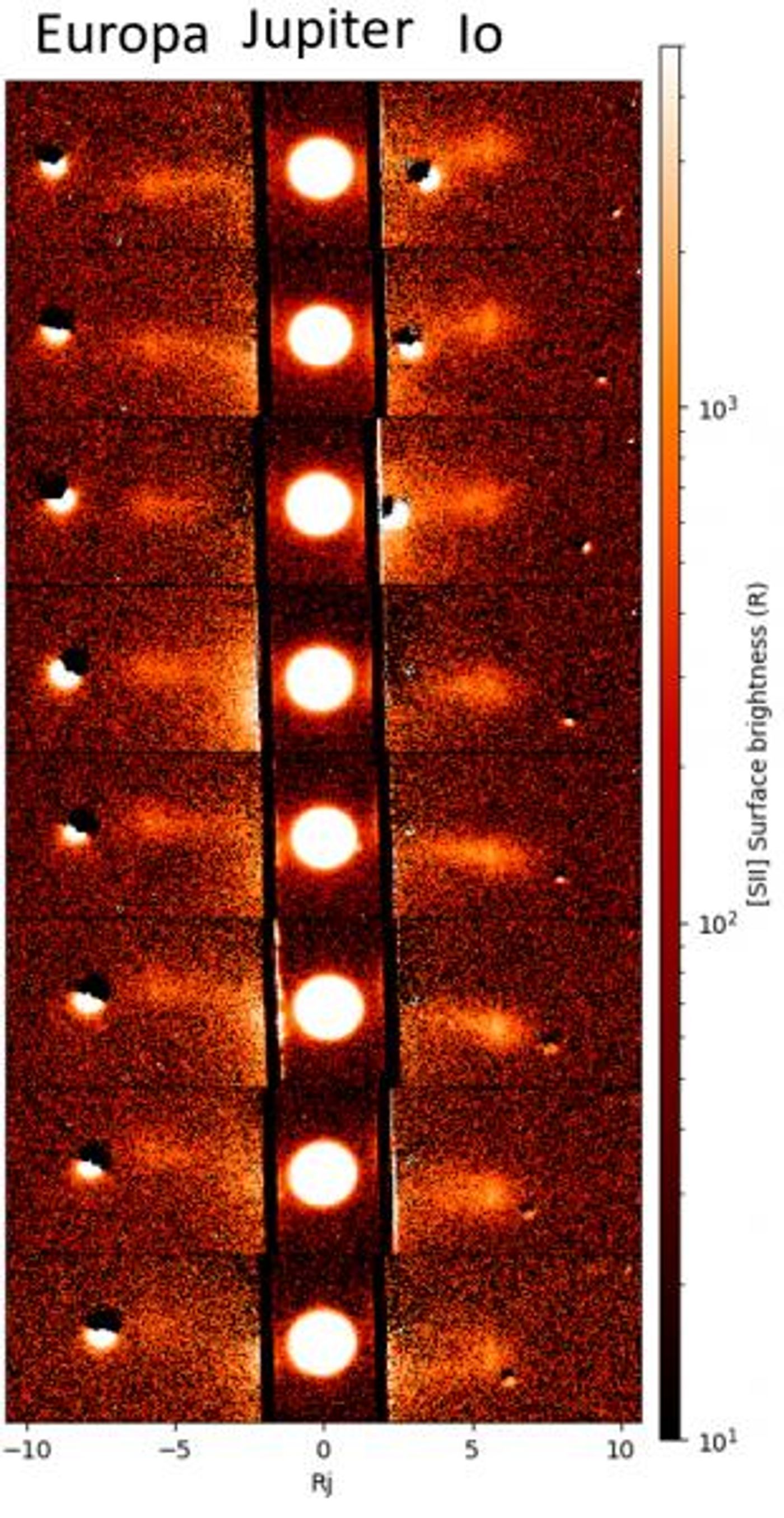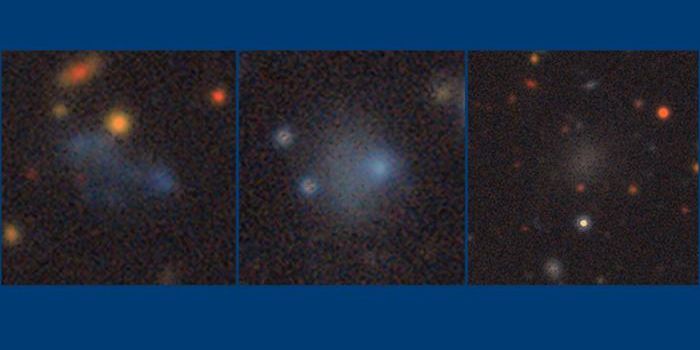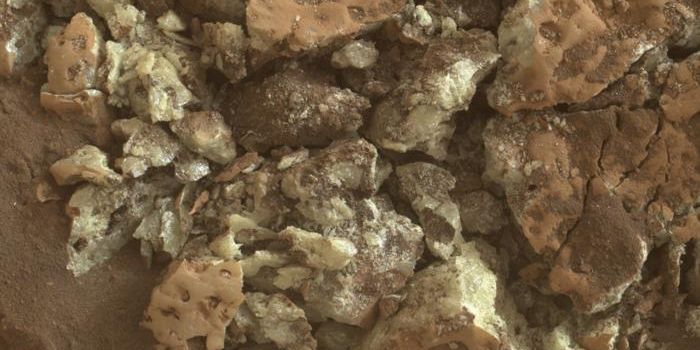A Large Volcanic Outburst on Io
A large volcanic outburst was discovered on Io, a large moon of Jupiter. Io is the most volcanic body in the Solar System; this vulcanism is caused by tidal stresses induced by Jupiter and two of its other large moons, Europa and Ganymede.
The volcanic outburst was discovered by Jeff Morganthaler, Senior Scientist at the Planetary Science Institute (PSI), using PSI’s Io Input/Output observatory (IoIO) located near Benson, Arizona. He has been using IoIO to monitor the volcanic activity on Io since 2017. IoIO uses a coronagraphic technique to block the light from Jupiter, allowing fainter signals to be detected. These fainter signals are gases near the bright planet and its moons, namely sodium and ionized sulfur – sulfur atoms that have been stripped of electrons.
Caption: This is a series of time sequenced images that show ionized sulfur in the Io plasma torus. This shows how the structure of the torus changes with respect to the spatial relationship between Jupiter and Io. Credit: Jeff Morgenthaler, PSI
Observations of Io show that there are gas outbursts nearly every year, but the largest that Morganthaler has observed was in the fall of 2022. Ionized sulfur forms a torus – or donut-like structure – around Jupiter, called the Io plasma torus. The signal from the torus increased between July and September 2022. The strength of the signal may be able to tell astronomers something about the composition of the volcanic activity that produced the outburst – i.e., sodium or sulfur.
But another tool is needed to decipher this part of the puzzle: NASA’s Juno mission. Juno has been in orbit around Jupiter since 2016. During the observed outburst, Juno was flying past Europa, but soon Juno will be flying past Io; it will make a close flyby of Io in December 2023. Some instruments on board Juno are sensitive to changes in the plasma environment around Jupiter and Io. Namely, measurements by Juno may be able to help decipher the composition of the plasma environment. Thus, Juno could determine the composition and type of volcanic activity in outbursts, like the one observed by IoIO.
The exciting part about IoIO, according to Morganthaler, is that any small college or ambitious amateur astronomer could build their own version of this instrument and reproduce the observations – almost all of the components used to build IoIO are available at high-end camera shops or telescope stores.
Morganthaler adds that it would be helpful to have more of these instruments scattered about to obtain more data at any given time as Juno approaches Io. Doing so would result in more data and could potentially help avoid gaps in observations due to bad weather. Continuous observations will be the key to understanding the volcanic activity because the Io plasma torus is extremely dynamic, changing on short timescales.
Sources: Planetary Science Institute, phys.org









